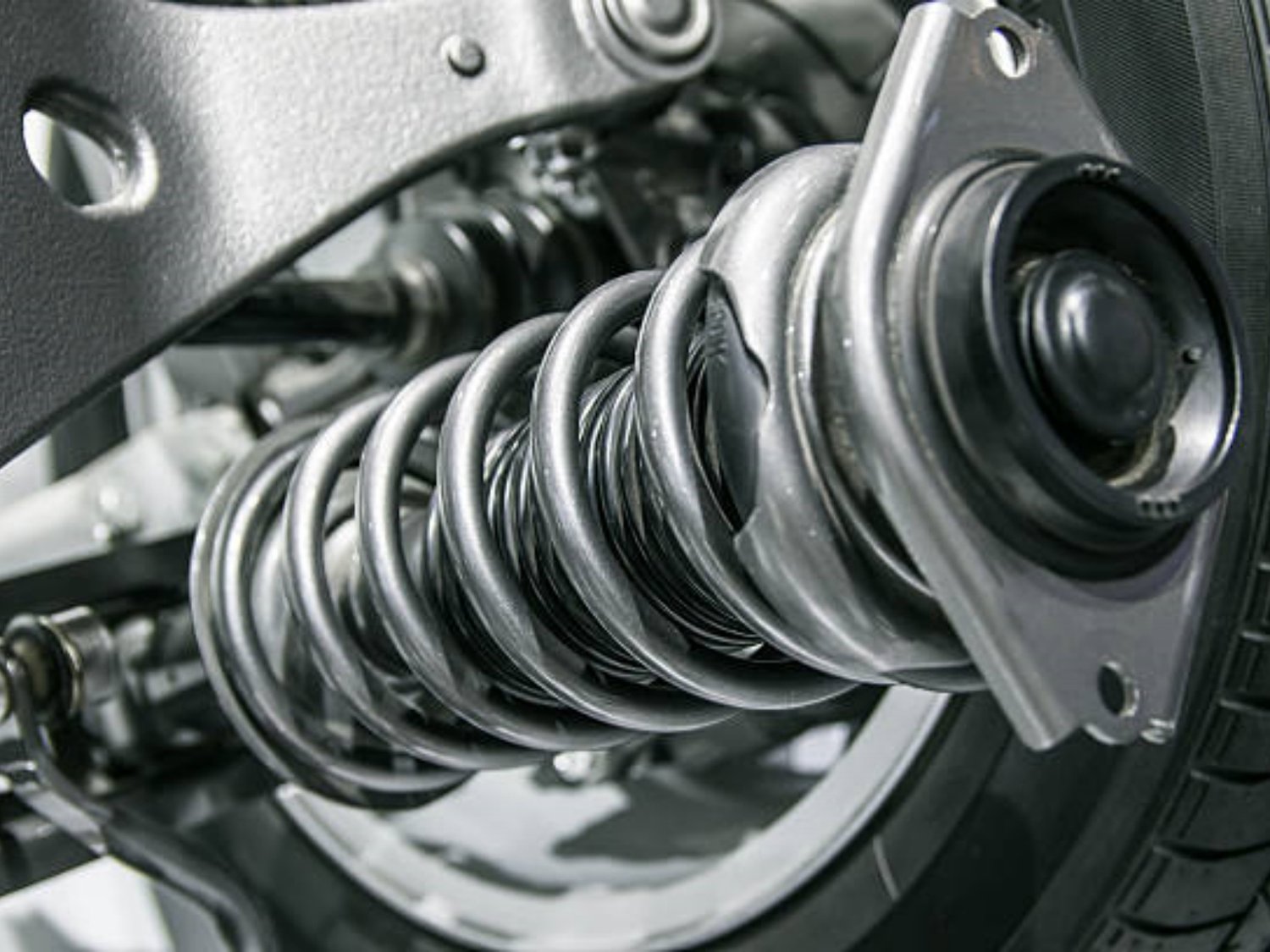The History of clock suspension springs
The invention of the clock has revolutionized the way humans measure time. From ancient sundials to the modern quartz clocks, each type has its own mechanism that ensures accurate timekeeping. One vital component that plays a crucial role in the functioning of mechanical clocks is the clock suspension spring. In this article, we will explore the importance of clock suspension springs in timekeeping, their history, and how they work.
What is a Clock Suspension Spring?
A clock suspension spring is a thin, flexible strip of metal that is used to suspend the pendulum or balance wheel in a mechanical clock. It acts as a delicate spring that allows the pendulum or balance wheel to swing freely back and forth, while also providing the necessary tension to maintain its oscillation.
The Role of Clock Suspension Springs in Timekeeping
Clock suspension springs are essential for accurate timekeeping in mechanical clocks. They regulate the movement of the pendulum or balance wheel, ensuring a consistent and precise rate of oscillation. Without a properly functioning suspension spring, the clock would either run too fast or too slow, resulting in inaccurate timekeeping.
The Importance of Material and Design
When it comes to clock suspension springs, the choice of material and design is crucial. The material used should possess the right balance of flexibility and strength to allow for proper oscillation. Common materials used include steel and brass, which are known for their durability and elasticity.
The Functioning of a Clock Suspension Spring
A clock suspension spring works by providing tension to the pendulum or balance wheel. When the clock is wound, the potential energy stored in the mainspring is transferred to the suspension spring, causing it to stretch. As the clock runs, the suspension spring releases this stored energy in a controlled manner, allowing the pendulum or balance wheel to swing back and forth at a constant rate.
The Impact of Temperature on Clock Suspension Springs
Temperature can have a significant impact on the functioning of clock suspension springs. As the temperature changes, the length and elasticity of the spring can be affected. This can lead to variations in the rate of oscillation, resulting in inaccurate timekeeping. Clockmakers often take this into account and make adjustments to compensate for temperature changes.
Clock Suspension Springs and Pendulum Length
The length of the pendulum in a clock is directly related to the rate of oscillation. Clockmakers adjust the length of the pendulum by either shortening or lengthening the clock suspension spring. By making these adjustments, they can fine-tune the clock's timekeeping accuracy.
The Role of Clock Suspension Springs in Modern Clocks
While mechanical clocks with pendulums are less common in modern times, clock suspension springs still play a role in various timekeeping devices. In quartz clocks, the suspension spring is used to regulate the movement of the quartz crystal, ensuring accurate timekeeping.
The Maintenance of Clock Suspension Springs
To ensure the proper functioning of clock suspension springs, regular maintenance is essential. This includes cleaning the springs to remove dirt and debris that may affect their flexibility. Additionally, lubrication may be required to reduce friction and allow for smooth oscillation.
The Future of Clock Suspension Springs
As technology continues to advance, the future of clock suspension springs may evolve. New materials and designs may be developed to enhance the accuracy and durability of timekeeping devices. However, the fundamental principles of the clock suspension spring are likely to remain, as they have proven to be reliable and effective throughout history.

